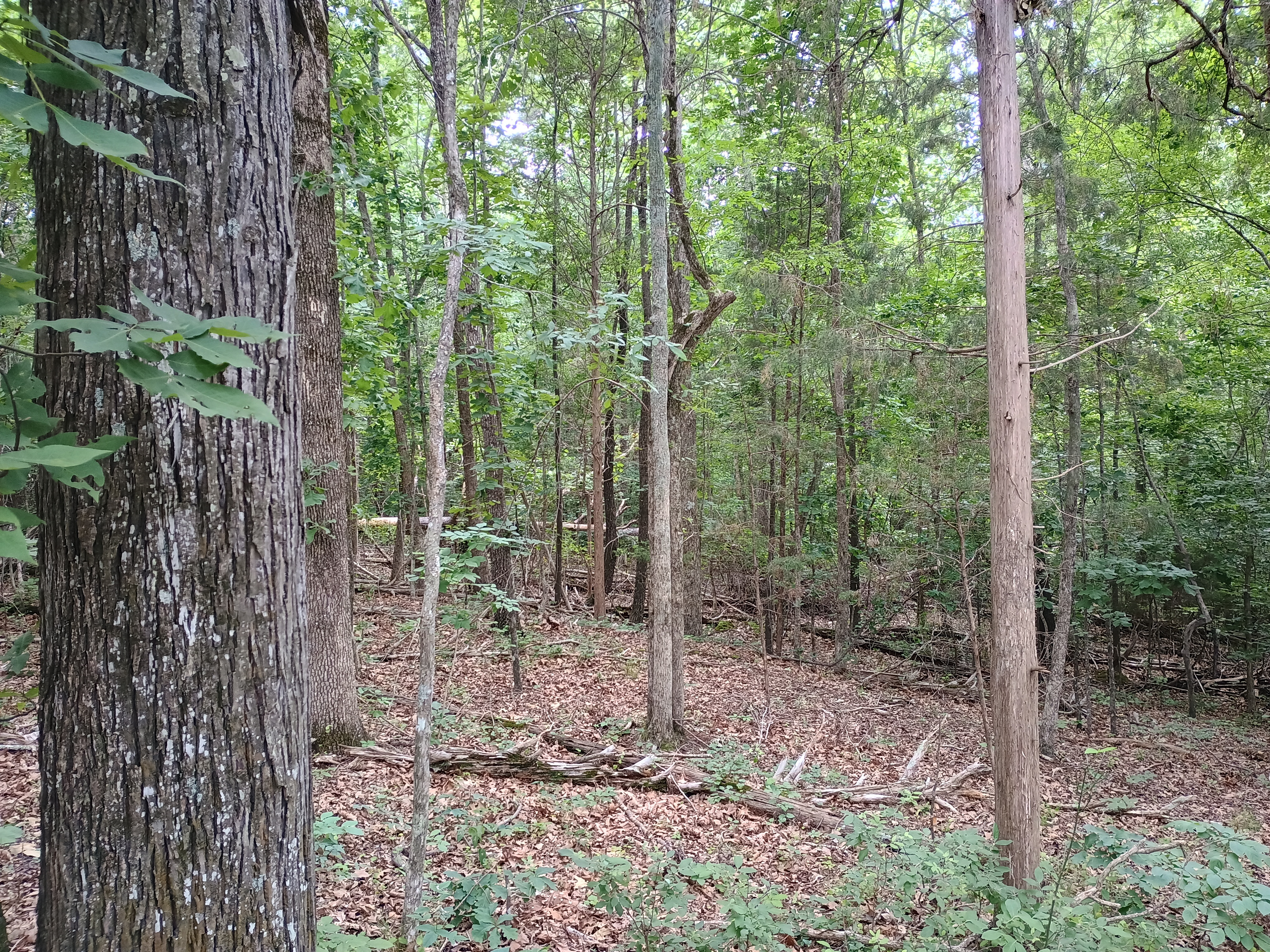A good amount of running advice says to run at 180 steps per minute, as that is what elite runners typically run at.
I have experimented with this pace over the years, but only occassionally.
However, I have noticed it’s a bit more useful with age. Your reaction time slows with age. So sometimes on a run, I will time myself to run at 180 steps per minute. It seems to make my running more fluid, and so I’ll do it for a few minutes or so to get a better feel for things.
Therefore, I’d say it’s a good tool to use, but it’s probably not something that you need to rigorously adhere to.
